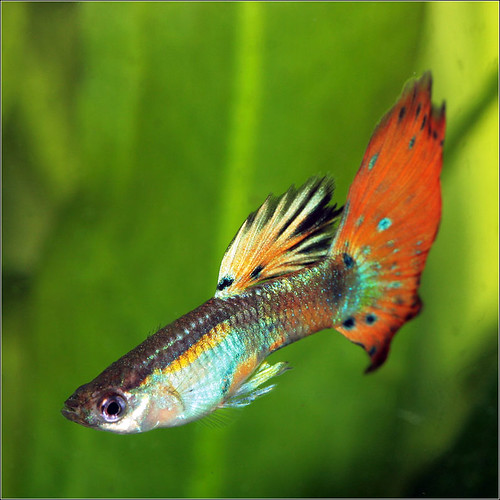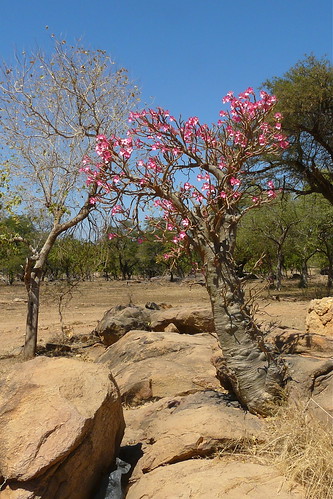-
'Bluetooth laser virtual keyboard encased in elegant possum.'
-
via Mind Hacks, an extraordinary article about an ultra-long distance cyclist: 'The craziness is methodical, however, and Robic and his crew know its pattern by heart. Around Day 2 of a typical weeklong race, his speech goes staccato. By Day 3, he is belligerent and sometimes paranoid. His short-term memory vanishes, and he weeps uncontrollably. The last days are marked by hallucinations: bears, wolves and aliens prowl the roadside; asphalt cracks rearrange themselves into coded messages. Occasionally, Robic leaps from his bike to square off with shadowy figures that turn out to be mailboxes. In a 2004 race, he turned to see himself pursued by a howling band of black-bearded men on horseback.'
-
including such gems as:
'Uptown Wally
She's been living in a Tesco trolley
And now she's going out with Action Man
They've been shagging in the A-Team Van' -
'New York circa 1900. "Yard of tenement at Park Avenue and 107th Street." 11 x 14 inch glass negative, Detroit Publishing Company.'
-
'Madeleine Albright, who served as the first female Secretary of State under President Clinton, was fond of using jewelry to express herself on the job.'
Month: September 2009
Links
-
'The images above illustrate the results of an unusual artistic collaboration between the French artist Hubert Duprat and a group of caddis fly larvae.'
Beka Lamb by Zee Edgell
Beka Lamb tells the story of a few months in the life of a fourteen-year-old girl — Beka — and her slightly older friend Toycie, who both attend a convent school in Belize. It’s published as part of the Heinemann Caribbean Writers Series, and so it has one of those rather off-puttingly institutional covers that makes me feel like I’m back in school. And indeed I’m sure it works well as a GCSE set text: it’s short, it’s about a teenager, it has lots of themes that would provide material for classroom discussion (race, class, politics, colonialism, teenage pregnancy) and it has lots of local colour.
Saturday, pay day for many families, was the biggest marketing, house-cleaning, and cooking day of the week. women and girls, whether they lived in a ‘good house’ or a ‘dawg-siddown’ scrubbed, dusted, polished and cooked in order that they might do as they pleased Saturday night and Sunday afternoon, satisfied that their duty, as best as could be managed with what was available, had been done.
Lunch on a Saturday was mostly crushed avocado or potted meat sandwiches, with perhaps pounded calves’ liver fried with lots of onions and creole bread for six o’clock tea. But the intense activity, and the smells of what was to come on Sunday noon, assuaged the need for bigger meals. In the houses of even the poorest, at the very least red kidney beans and bits of salty pigtails stewed on outdoor fire hearths waiting for the addition of raw rice, assiduously picked over for stones, and washed several times until the water ran clear. And in the houses of those that could better afford it, chickens, pork, or beef roasted in ovens; great pots of grey-black relleno soup thickened on stoves with a dozen hard-boild eggs per pot bobbing up and down like dumplings, and the corn mills of the town ground busily in preparation for the mounds of tortillas that would be needed the following day. Seafood and groundfood were rarely cooked on Sundays: fish, crayfish, conch, yams, cocoa, sweet potatoes, breadfruit and the like were everyday fare.

In fact I think it’s a quirk of a certain kind of post-colonial novel to almost overdo the local colour. The book is absolutely full of references to foodstuffs, flowers and trees, bits of local tradition, references to history; it’s like one long assertion of Belizeyness. Which isn’t necessarily a bad thing; in fact I enjoy all that stuff (particularly the food!). It’s just an observation of a phase that, perhaps, national literatures tend to go through.
I did enjoy this book, btw, so I hope my comments don’t across as negative. I enjoyed all the descriptive stuff, found the story engaging, and learn at least slightly more about Belize than I knew before. So that’s all good.
Beka Lamb is my book from Belize for the Read The World challenge, and is also my fifth book for the Caribbean Reading Challenge.
» The picture, ‘Relleno Negro‘, is © moviesandcheese. I don’t think it was taken in Belize, but it’s clearly much the same dish.
Links
-
the always interesting Oliver Sacks on the subject of hallucination in visually-impaired people.
Full title: The Greatest Show on Earth: The Evidence for Evolution. I don’t need any persuading about the fact of evolution, but Dawkins is always worth reading on the subject. And Amazon had it at 50% off, so as much as I dislike hardbacks I thought I’d give it a go.
Since I’ve read so many books on evolution, not least the half dozen by Dawkins, what I’m really looking for in a book like this is interesting new examples I haven’t encountered before, and there are certainly some of those, like the wingless fly that lives in termite mounds; generally, though, a lot of it is fairly familiar: Tiktaalik, the evolution of the whale, the guppy experiment, Lenski’s E. coli, eyeless cave-dwelling animals and so on. There are good reasons why these examples are popular, of course, and if you don’t read as much about evolution as I do, they may well be unfamiliar to you. It’s certainly a different repertoire than it would have been ten or fifteen years ago. And Dawkins writes engagingly and clearly, even in the chapter about embryology, a subject I usually find a complete head-fuck. So I certainly enjoyed reading it.

The review in New Scientist complains about his occasional side-swipes at religion. The book doesn’t actually talk about religion as often as that review might suggest, but when it does touch on it, it’s about as unflattering as you would expect. It’s easy to understand why creationism is such a red rag to a biologist: his analogy is of a teacher of Latin and Roman history who is constantly confronted by people who insist that the Roman Empire never happened and that the myth of ‘Rome’ is a conspiracy. His abrasive manner when he talks about religion doesn’t bother me, although I can see there’s an argument that it is bad tactics in the battle for hearts and minds.
At least in this book he confines his comments to creationism rather than religion more generally; and I for one am not going to tell him he should be respectful towards young Earth creationism. Because 40% of the US population (and 22% of the UK) believe the world is less than 10,000 years old, when you are rude about creationists, you are being rude about an awful lot of people, and I’m sure they are largely nice, well-meaning and valuable members of society; but come on! Believing that the world is less than 10,000 years old is like believing that the Earth is flat, or that leprechauns bury pots of gold at the ends of rainbows. Or indeed that if you dilute poison over and over again until it is just water, it magically gains healing powers. These ideas are worthy of mockery.
So, I enjoyed it; I’d rather read Dawkins on evolution than Dawkins on religion any day of the week, mainly because evolution is a much more interesting subject. I’m not sure it’s an instant classic, but it’s well worth reading.
» The photo is © Troy Li and used under a CC by-nc-nd licence.
Season of Migration to the North is my book from Sudan for the Read The World challenge. Originally published in 1966, ‘in 2001 it was selected by a panel of Arab writers and critics as the most important Arab novel of the twentieth century’.

I didn’t really know anything about it before I started reading, and expecting it to be set entirely in Sudan, I was slightly startled by the amount of London in it. It is narrated by a man who is returning to Sudan after seven years studying in Europe; when he comes back to his home village, he meets a stranger called Mustafa who also, it turns out, spent many years in London.
It is very much a culture clash novel, exploring Mustafa’s experience, firstly in London as an outsider figure who plays up his exoticism to attract women, and then a different kind of outsider after he has returned to Sudan and is living as a farmer among people who know nothing about his background.

The London sections are not too different from what you might find in a mid-C20th English novel; I was more interested in the Sudan stuff. I do appreciate there’s an irony in reading a book about a man who trades on his exoticism and then complaining, effectively, that it’s not as exotic as I was expecting; but there it is. It is quite intriguing to read a novel about English society with the ‘exotic’ character at the centre, though — I’m sure I’ve read a few novels by British writers from early-mid C20th with Mustafa-type characters turning up on the periphery. Not that I can think of specific examples offhand.
Most important Arab novel of the century? I wouldn’t know, although as I say, it reads to me like a fairly conventional novel of the period. A good novel — extremely good in parts — but it didn’t blow me away. But then I don’t think the novel is exactly a traditional part of Arab culture, so it may have been more radical in its context.
» The two pictures — Kadugli – Dilling Provincie Kordofan and West Nuba Mountains — are both © Rita Willaert and used under a CC by-nc licence. They don’t have any very precise connection to the book but they were taken in Sudan and I liked them. There are lots more where those came from.